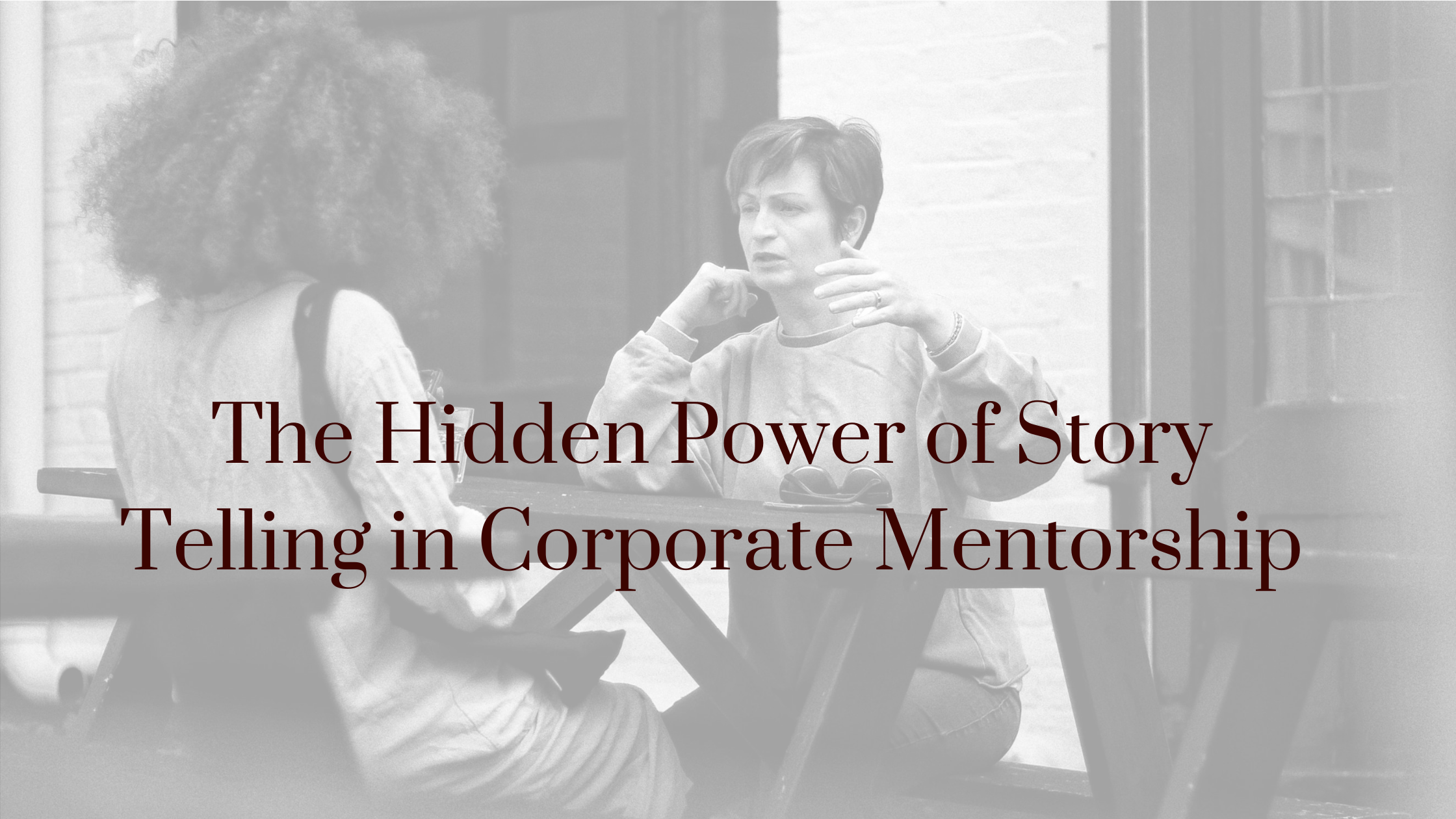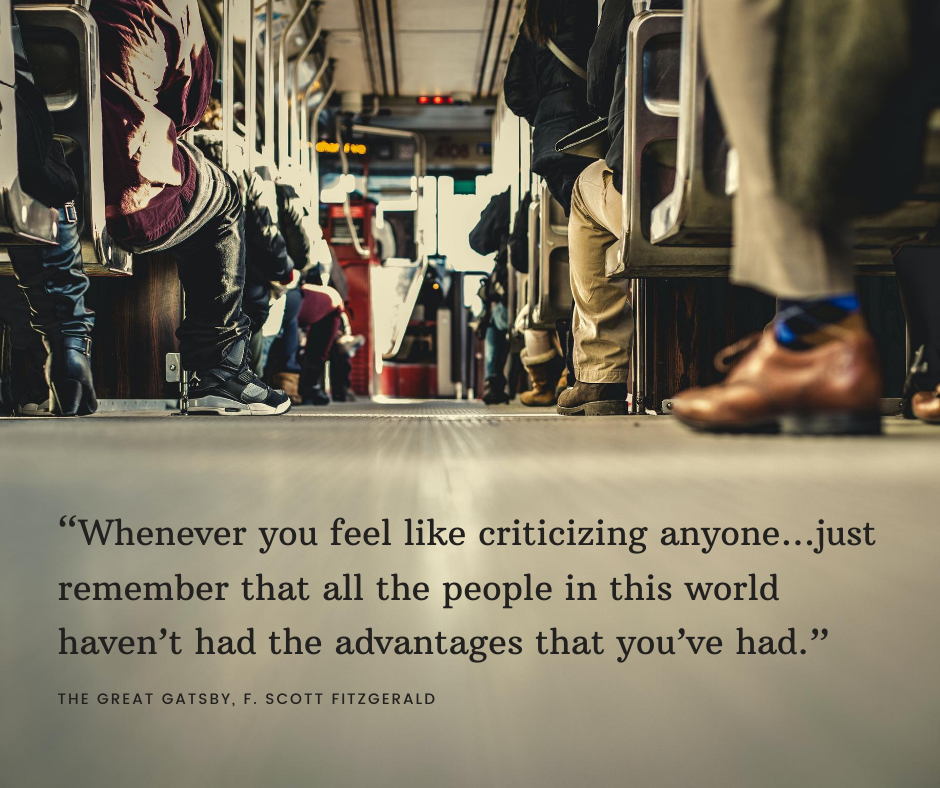By: Rohit Rakhit, Twomentor Associate
Storytelling makes up a significant part of American culture, and has helped shape the American identity for generations. As kids, we learned through stories. We learned to love our neighbors, solve problems, and accept ourselves through lessons learned in books. Even as adults, we continue to engage in storytelling, although most people call it “the news” these days. Regardless, it’s easy to overlook just how important storytelling is to everyday life, and without it, life would crumble in our hands.
At Twomentor, we believe in the power of human connection. Storytelling is a powerful catalyst for building and strengthening human connection. When someone tells a story to another person, those two people begin to build a connection that extends beyond the emotional level. An NPR article cites a study conducted by Uri Hasson, a professor of neuroscience at Princeton University. Professor Hasson found that, “as you hear a story unfold, your brain waves actually start to synchronize with those of the storyteller.” The connection between individuals exchanging stories extends to a physical level, with each individual’s brain working in sync with the other’s. This “syncing” of minds leads to deeper feelings of trust and inspiration within an individual.
Even if you’re not interested in the science behind how storytelling affects our relationships, just think about how often you or others tell stories on a daily basis. They don’t have to be particularly long, perhaps as small as a 5-minute conversation with a family member or coworker. In his book, How to Win Friends & Influence People (one of my favorite books), author Dale Carnegie explains that, in order to become a good conversationalist, it is important to encourage others to talk about themselves. Exchanging stories can help build intimacy between two people, and sometimes, they can make or break our day. A story about your new relationship or promotion at work can bring feelings of happiness and excitement to your friends or family. Conversely, a story about the death in the family of a coworker can cause you to re-evaluate your own relationship with family, and motivate you to give your mom or dad that call you’ve been putting off. Stories are often underestimated in regards to the value they provide to us, and it’s important to keep in mind that their ability to develop human connection is almost unmatched.
Recently, we have seen the powerful effects of storytelling on a much larger scale. The Black Lives Matter and #MeToo movements have caused us to confront issues that have plagued our society for generations. These movements all started from the stories of individuals who realized that their struggles were not just limited to themselves. The stories told regarding the deaths of George Floyd and Breonna Taylor, as well as the stories of sexual assault from Tarana Burke and the victims of Harvey Weinstein, show that storytelling has the power to unite entire communities. Moreover, these movements have also shown the capacity that storytelling has to enact significant change in the way political and corporate entities operate. The Black Lives Matter movement has caused local and state governments to reexamine how they’re using their resources to serve their community and make any necessary changes.
It’s important to remember that great mentors are great storytellers. So how can executives use the power of storytelling to bring about positive change to those whom they mentor? Fortunately, our first steps don’t have to be anything revolutionary or life changing. We can start small within our own organizations and communities. Here are a few steps to get started in your own organization:
- Hold daily 10-minute conversations with your staff or coworkers. If daily conversations may not be possible, hold them weekly. Ask them to tell stories about anything interesting in their lives, in addition to any small work-related conversation. People love to feel heard, and before you know it, you will be able to develop stronger relations with them while taking up only a little bit of their time during the day.
- Connect with your interns/junior members of your team. Young people are eager to learn, and they’ll want to know more about your experiences and your journey through the field. The more you connect with your interns, the more dedicated they’ll be to your cause and they’ll be more likely to stay with your company longer. Similar to your coworkers, 10-minute weekly check-ins would go a long way with your interns.
- Use stories as a motivating tool. If an unconventional strategy used by a member of your team helped land a 6-figure deal with a client, share that story with other members of your team. If you encountered failure or a setback, then managed to work your way out of it, share that experience with your team members. Stories are all about perspective, and the key driver of motivation is often simply a change in perspective.
- When telling a story, remember to make it genuine. The best and most captivating stories aren’t always the ones that contain excitement with every word. The best stories are the ones that are told by people who truly believe in their message, and portray themselves as original in the greatest sense.
In a world where everything is beginning to run on technology, it is critical to keep in mind the importance of everyday conversations and the human connection. The human connection is a powerful, yet underrated factor that can change an environment faster than we realize. Storytelling is a big part of what keeps us human, and these days, we could all afford to show a little more humanity. My team and I hope this message bodes well for you during these unpredictable times, and hopefully, we can all do our part to have the world make a little bit more sense again.




